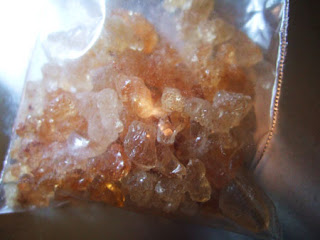I just back from a road trip to Dearborn, MI; I have friends that live there, and they introduced me to a local “historic foodway” (their words) called the Boston Cooler. The Cooler is an ice cream float made specifically with vanilla ice cream and Vernors ginger ale.
“The now-familiar “Boston Cooler” of ginger ale and ice cream was cited in the 1920 Cleveland (OH) Plain Dealer, described as ‘well known’ and a ‘favorite of the golf links.’ Vernors ginger ale was first made in Detroit in the mid-1800s and is one of America’s oldest soft drinks. Detroit’s Boston Boulevard is near Vernors, and it is claimed that this is the origin of the ‘Boston’ in ‘Boston Cooler.'(The Big Apple)”
Despite the Cleveland connection, I had never heard of a Boston Cooler until my recent venture into Michigan, where it is still popular. And still damn tasty.






